Scientists Discover New “Indestructible” Species And Name it After Lord Voldemort’s Snake From the “Harry Potter” Books
Tardigrades impossible to kill.
A new species of animal scientists consider indestructible has been found in Finland—and researchers have named it after a Harry Potter character, namely Lord Voldemort’s snake Nagini. The animal is a tardigrade, a microscopic, eight-legged animal considered one of the toughest organisms on Earth capable of withstanding the harshest environments. Tardigrades “would likely survive the apocalypse,” says National Geographic.
“Bonus: They look like adorable miniature bears.” The scientists have named their discovery Macrobiotus naginae, after the Harry Potter character Nagini, a human female who was cursed to become a snake and became a compatriot of Lord Voldemort. Read on to find out more.
RELATED: The 10 Most “OMG” Science Discoveries of 2022
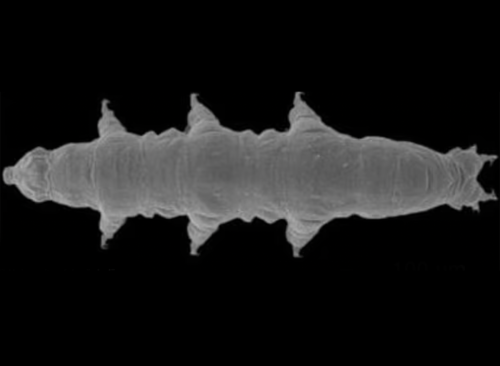
Researchers with the University of Jyväskylä in Finland discovered the new tardigrade at Rokua National Park, by accident. The scientists were collecting mosses, lichens, and leaves to study organisms that live in those environments. When the samples were examined under a microscope, the researchers discovered a new species. They figured it had a kinship with the Harry Potter character.
“Formerly a cursed woman who is ultimately and irreversibly transformed into a limbless beast, this fictional character provides a fitting name for the new species in the pseudohufelandi complex, which in turn is characterized by reduced legs and claws,” the authors wrote. M. naginae’s physical quirk makes it well-suited to live in sandy areas, as its shorter legs enable it to claw between grains of sand.
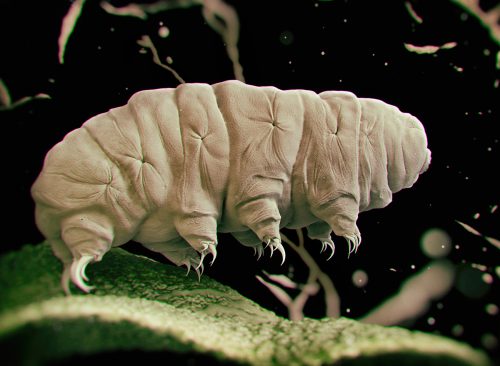
Tardigrades are almost impossible to kill. They can be frozen to just above absolute zero (-458 degrees Fahrenheit), entirely dried out, or even irradiated thousands of times beyond what a human can endure, and they survive. In 2016, researchers revived two tardigrades that had been frozen for 30 years, the Daily Mail reported this week. One of them survived and proceeded to lay 19 eggs, 14 of which successfully hatched.
In 2021, scientists shot tardigrades out of a gun at 2,160 miles per hour to determine if they could survive in space—and they did. Researchers now want to fire them out into space at 100 million miles an hour to see if they’ll endure.
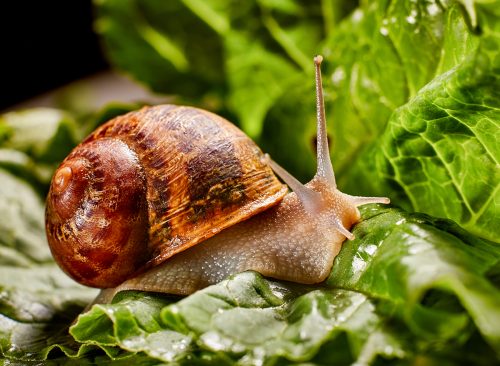
The new study even found that tardigrades can even survive being eaten by a snail. Tardigrades seem to pass through the gut of a land snail, come out the other end, and just keep going. Researchers were able to recover living tardigrades from the feces of one-quarter of snails caught in the wild.
Tardigrades belong to a category of animals known as extremophiles—species that can survive environments that most others can’t. “Their resiliency is in part due to a unique protein in their bodies called Dsup—short for “damage suppressor”—that protects their DNA from being harmed by things like ionizing radiation, which is present in the soil, water, and vegetation,” says National Geographic. “Another amazing survival trick is cryptobiosis, a state of inactivity triggered by a dry environment. The micro-animals squeeze all the water out of their bodies, retract their heads and limbs, roll up into a little ball, and become dormant. When conditions improve, they unfurl themselves and go about their business.”
RELATED: The 10 Most “OMG” Science Discoveries of 2022

But scientists are still trying to determine a full explanation for tardigrades’ hardiness. In a study published earlier this year in the journal Communications Biology, some researchers say they might have another explanation for their remarkable survival skills. Tardigrades seem to produce a sugar called trehalose, which works with a protein called CAHS-D, which enables them to enter a state of suspended animation. The researchers hope their discoveries may be able to help humans deal with water scarcity. “
A long-term goal of this field is to understand better how to confer the adaptation abilities of tardigrades to organisms that do not naturally survive drying,” said one of the scientists behind the study. “This study and its findings provide a compelling argument that to do so may require the combination of different, synergistic protectants.”














